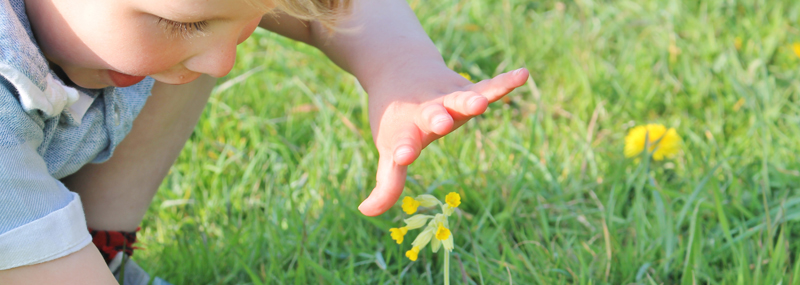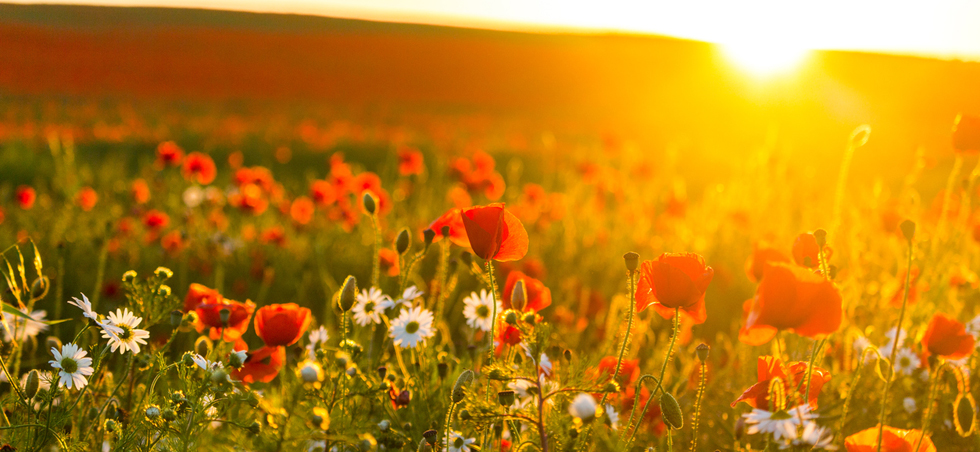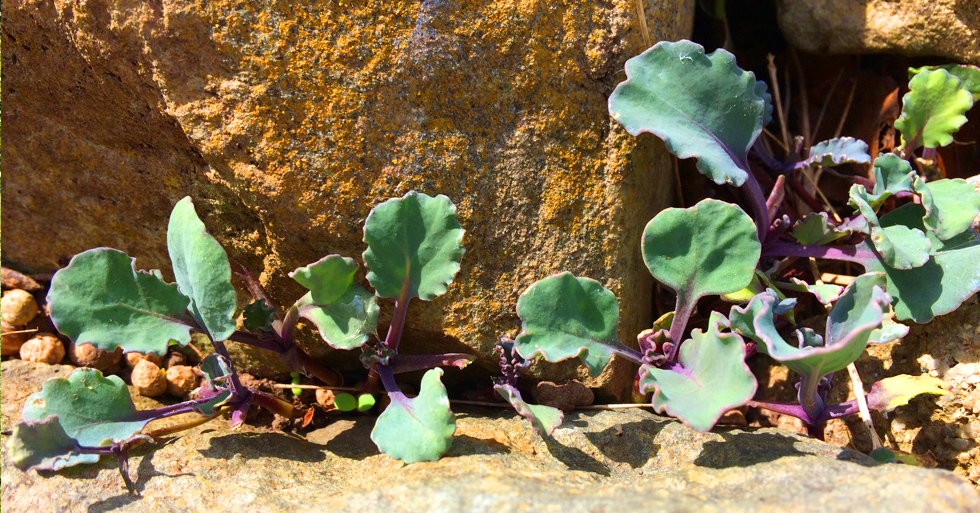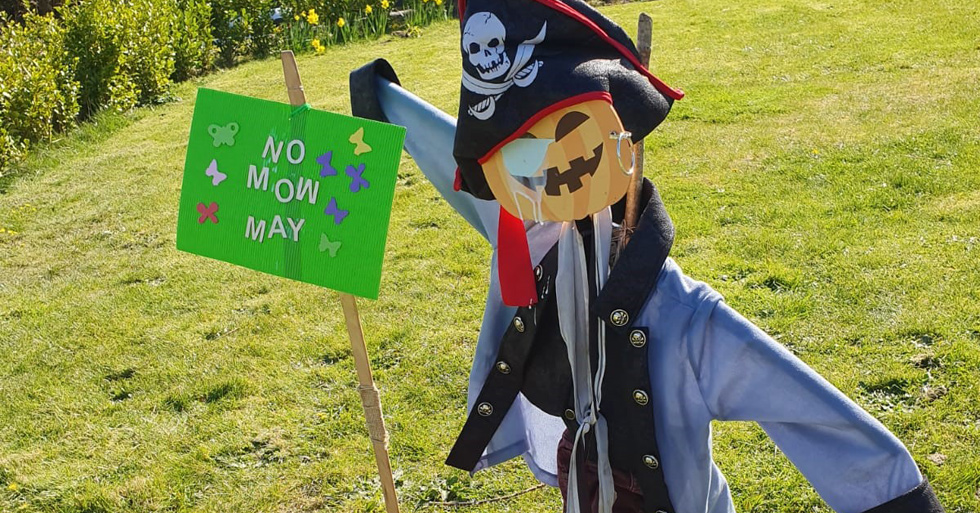
Natural World
WILDFLOWERS
12th May 2020
With the ‘Every Flower Counts’ week approaching (23rd – 31st May) this seems a good time to share some links and content relating to the preservation, encouragement and celebration of the wildflowers all around us.
We welcome any content, ideas or photos for this page. Please email rushlakegreenvillage@gmail.com
A local group has been working hard to encourage local Councils to manage the mowing (or not mowing) of verges and spaces to encourage wildflowers and this will again be raised at our local parish council at the ASM on 21st May 2020. If you would like more info or to join the local wildflower group, email us with your request at rushlakegreenvillage@gmail.com and we will pass on your details.
Here’s are some images (to download just click the link below), recorded by Sarah Mcintosh in Prinkle Lane, Bodle Street Green
Prinkle Lane April 2020
Below, we re-publish a piece by Trevor Dines at ‘PlantLife’, which gives useful information about wildflowers, and how to identify and nurture them.
Here’s a link to the original article:
https://mailchi.mp/plantlife/trevors-tips-from-the-wildflower-garden-1420784?e=9380979c1b
Here’s a link to sign-up to Plantlife:
https://plantlife.us8.list-manage.com/subscribe?u=6387c261b542b56fc9cdf7726&id=ce964b84b6
Here’s a link to the PlantLife website:
https://www.Plantlife.org.uk
_______________________________________________________________________________________________________________________


Solace in the Garden
As Covid-19 restrictions continue, it’s clear that more and more people are taking the opportunity to reconnect with the wildlife in their gardens; social media is awash with pictures and celebrities such Hugh Fearnley-Whittingstall and Kirsty Allsopp are asking, “what’s this wild flower?” Our answer, of course, is to have a go at the Great British Wildflower Hunt, where we have spotter sheets with nearly 70 common wild flowers to find. Aimed at children and families, it’s a great way to start putting a name to flowers you might see in your garden or when you’re out on your daily exercise.
The warm, dry April has seen a real burst of growth and it’s been a spectacular spring for early flowers like celandines, cowslips, daisies and dandelions. I’ve spent hours in the garden just watching; in our part of north Wales, Orange Tip butterflies have been out in force – more than I can ever remember – and I’m so glad I’ve left some garlic mustard and cuckooflower to bloom in the garden for them to feed on and lay their eggs.
Time to sow, time to grow
As the soil warms up, seeds begin to germinate. I always keep a careful eye on our flower borders and vegetable beds at this time of year. When I see any seedlings starting to appear, I take that as the cue to start sowing – a handy hint from nature if you like. I grow lots of hardy annuals and vegetables, so I’m sowing them like mad, and now’s the perfect time to get sowing wild flower seed too.
Annual cornfield flowers like poppies (pictured above), cornflower, corn marigold and corncockle can all now be sown directly into cultivated soil where they’re to flower. In addition, a whole range of fabulous perennials and biennials such as foxgloves, betony, meadow crane’s-bill, field scabious and musk mallow can all now be sown into pots of peat-free compost, where they can germinate and grow for planting out next autumn.
With garden centers and nurseries closed, the horticultural trade is under real pressure at the moment and mail order services have boomed to keep up with demand. Unfortunately, we’re unable to process small orders of wildflower seed from the Plantlife shop at the moment, but if you’re after seed and plug plants several specialist nurseries are continuing to supply their customers.
At the time of writing the following are still processing orders, although delivery will take longer than usual and their circumstances may change (check their websites for latest updates):
- John Chambers Wildflower Seed
- Emosrgate Seeds
- British Wildflower Seeds
- British Wildflower Plants
- Scotia Seeds
- Cumbria Wildflowers (reopening from 30th April)
- The Wildflower Nursery (‘grow to order’ service only)
- Wild Flower Shop
In my own garden there is, as always, some weeding to be done – creeping buttercup and bindweed are the bane of my life in our borders – but it’s a good idea to be a little vigilant. Many wildflowers we grow as border plants produce copious seed and, if this was allowed to shed into the soil last year, it could well be germinating now too. A few years ago I planted up a small ‘seaside’ bed with sea kale, viper’s-bugloss and sea campion, a rather wonderful combination of blue and white to remind me of the coast. Weeding the bed a few days ago I noticed a miniature forest of sea kale and viper’s-bugloss seedlings and even a few tiny plants of sea campion. They must be happy where they are – I’m particularly excited by the sea kale (photo of seedlings, below) as it’s my number one favourite wild flower for the garden – and I’ll carefully pot up as many as I can to grow on and plant out next autumn.
No Mow May
While we’re in lockdown, it might be very tempting to get the mower out and give your lawn a trim. But please don’t! On the 1st May we’re launching ‘No Mow May’, encouraging everyone to leave their grass unmown for the month and letting the flowers bloom in the run up to Every Flower Counts from 23rd to 31st May. By taking part, you’ll learn how much nectar your lawn is producing and how many bees it can support. Keep an eye on the press and social media for coverage – if you took part in Every Flower Counts last year your results will have contributed to our findings. We’re gearing up for the big event, and this year Every Flower Counts is bigger than last year with a full week to count the wild flowers in your lawn in May and several new species added to the survey.
If you’ve forgotten what’s involved, it’s incredibly simple. The Every Flower Counts website shows you what to do, including an animation to encourage children to take part. If you have children at home with you, why not get them to create a “scaremow” – a scarecrow with a sign saying “No Mow May”? Sharing these on social media will be great way to get friends, family and neighbours involved too.
During the survey week – 23rd to 31st May – simply throw a ball onto your lawn to find a random spot, mark out a one-metre square quadrat (we explain how), and then count the number of open flowers you find. If you have a large lawn, you can count several quadrats (they’re very quick to do!). Then enter your results on our website and we’ll instantly give you your Personal Nectar Score showing you how much nectar your lawn is producing and how many bees it is supporting.
Happy wildflower gardening, and see you soon.
Trevor
Trevor Dines is Botanical Specialist at Plantlife, the wild plant conservation charity that runs the Wildflower Garden website. If you haven’t already done so, make sure you’re signed up to Plantlife’s free E-News and get reports on our wider work to protect wildflowers and bring back the colour to our countryside.
_______________________________________________________________________________________________________________________